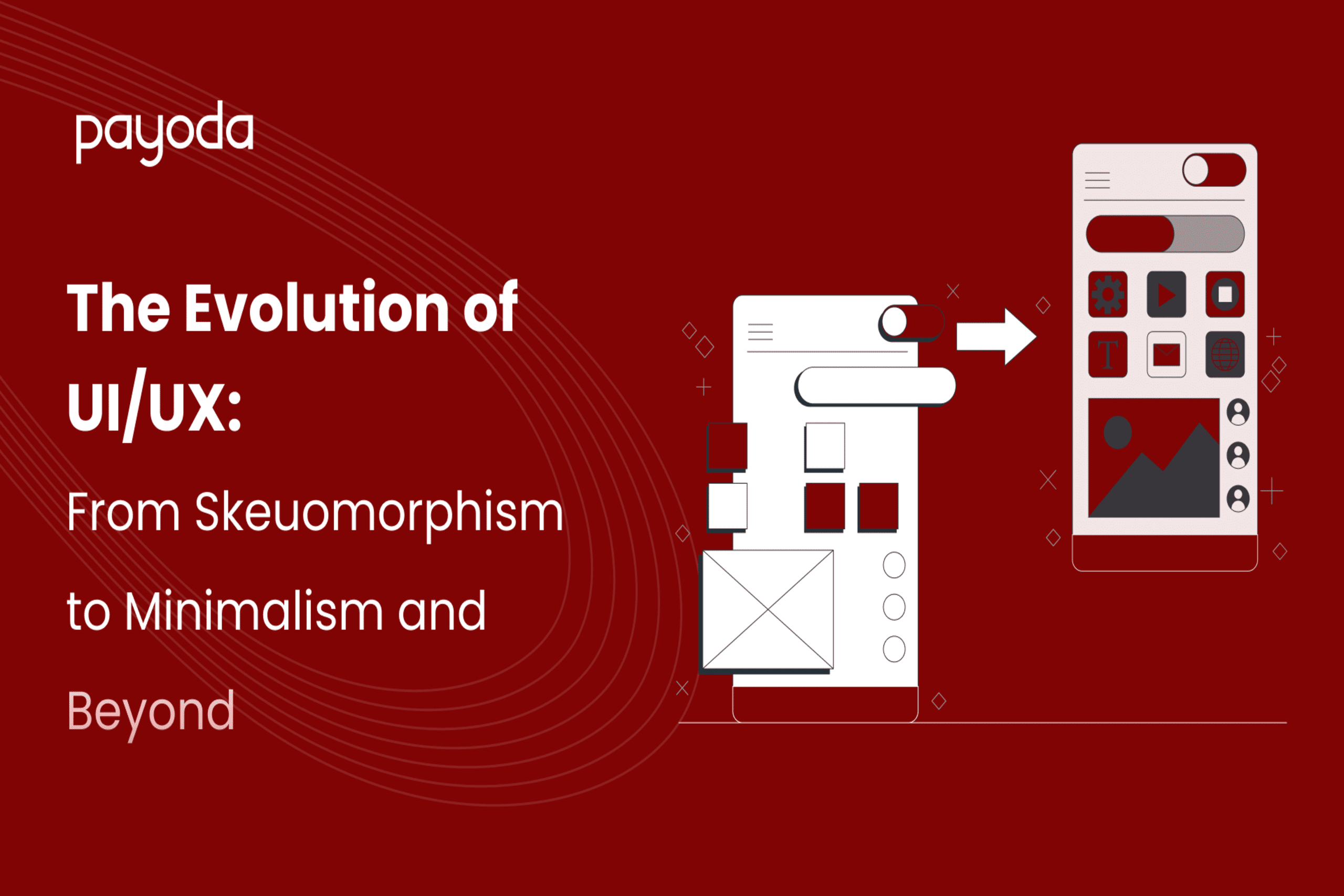
Introduction
UI/UX design has drastically changed over the years because of technology and user perception. The Evolution of UI/UX design highlights these shifts, and one of the most recent revolutions is Scrollytelling in UI/UX, which is changing how content is designed and consumed. As technology advances and user expectations shift, the trends that have driven shorthand web design in 2024 reflect our growing demands for more immersive, accessible, and personalized digital interactions.
From Skeuomorphic to Sleek
In its formative years, UI/UX leaned heavily into skeuomorphism, where digital elements imitated real-world objects. Skeuomorphic design was the standard until the early 2010s. Similar physical textures and structures were used in the interfaces to make the user’s mind more intuitive about the digital tools. But as technology matured and the user got used to the tools, sleek, efficient, uncluttered designs took precedence over skeuomorphism.
Thus came the phase of flat design and, finally, mobile-first approaches. In one analysis, 96% of minimalist websites were flat. These new paradigms underscored usability and accessibility, not merely aesthetics, in design. Scrolling, too, got an upgrade: from being just a mundane action, it evolved to become a significant part of the design in terms of storytelling and user engagement.
The concept of scrollytelling
Scrollytelling in UI/UX, the blend of storytelling and scrolling, has actually created immersive narratives, as well as provides a space for interactive storytelling. 55% of consumers are more likely to remember a story than a list of facts. Scrollytelling utilizes visuals, animations, and text together to form one single-threaded story or very engaging storytelling, in contrast to conveying information through isolated sections in traditional presentations. It provides an incredibly effective tool that presents more difficult data and narrative, layering design decisions on the reader’s dynamic interaction.
Modern UI/UX Scrollytelling
Scrollytelling today forms a significant part of the digital narrative. It easily fits into the design of websites: using multimedia assets and animations, scrollytelling walks a person through the narrative for him or her. 68% of consumers say that interactive brand stories influence their purchasing decisions. With the development of tools like Shorthand, ScrollMagic, and Adobe After Effects, scrollytelling is nowadays as easy as things can get, even for designers who cannot really code. This allows designers to put their effort into coming up with stories while the scrollytelling tools deal with other issues.
Scrollytelling Transforms the User Experience as Well
Not only do users learn to extract more information through scrolling, but also by doing it at their own pace. The exact context in which it’s best – for learning environments, for visualizations of data, or for any usage where controlling the pace of the story increases understanding. It is in fact more than that: it innovatively transforms the act of reading into a participating act that enthralls audiences by combining functionality and creativity.
Trends and what's coming
Scrollytelling has a bright future, as UI/UX design and experience keep changing. Enhancements to toolsets and platforms should only make scrollytelling easier to adopt within different industries. What’s next are voice gestation and emotion design, which may be added to scrolling narratives to make them even more engaging and personalized.
Plus, sustainability has become an emerging concern regarding digital design. Therefore, future scrollytelling platforms will find adoption of as lean, resource-efficient practices as essential so that this innovative storytelling is not that much in harm’s way to the environment.
Conclusion:
Scrollytelling exemplifies the pliability of UI/UX design in responding to the cash demands of users for entertaining and relevant experiences. One of such solutions is that of Shorthand, which makes it easier for narrative designers to engineer longer stories. Like every other dynamic diagram, scrolling has been another important move in the progress of the digital world ever since.
Talk to our solutions expert today.
Our digital world changes every day, every minute, and every second - stay updated.









